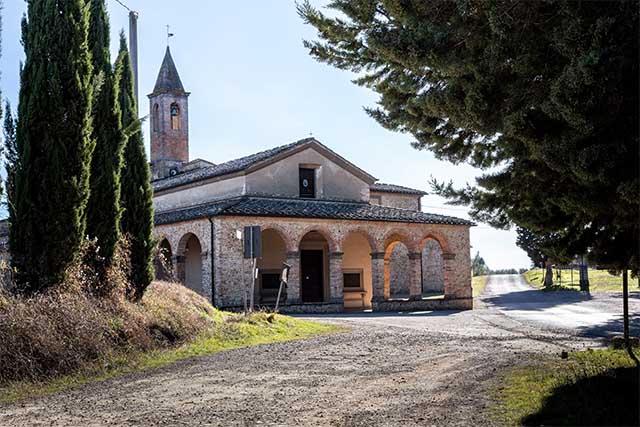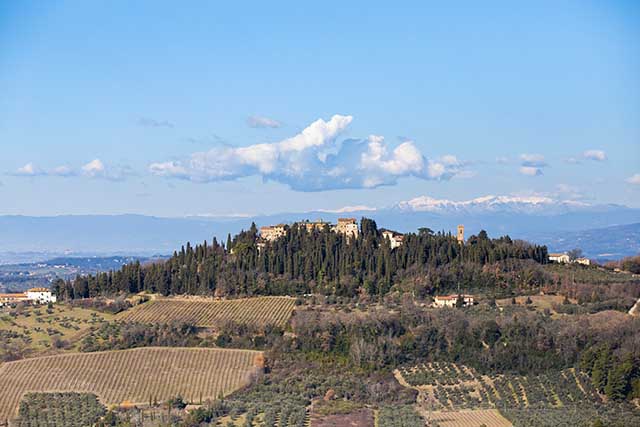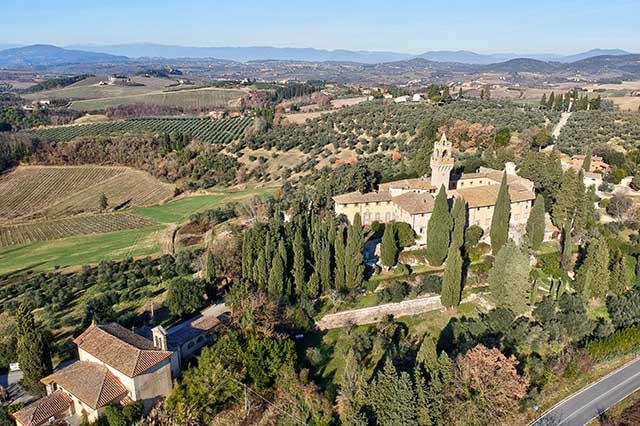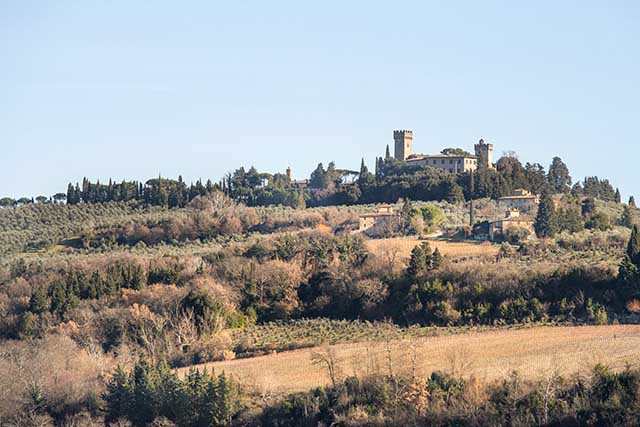Municipality of Montespertoli
Tommaso Vinci, a descendant of Leonardo's family who owned the family’s private archive at the time, lived in this small hamlet in the hills between Montelupo and Montespertoli in 1869. The precious archival collection remained for centuries in the Orbignano family branch until, at the end of the 18th century, with the extinction of that male line, it passed by female line to the Corsi family of the community of Santa Lucia a Paterno, still near Vinci. The da Vinci family archive reappeared at the end of the 19th century at Botinaccio, where it was acquired by great Leonardo da Vinci scholar Gustavo Uzielli.
Lucardo’s origins date back to the Early Middle Ages, when one of the curtis of the noble Cadolingi family stood in this locality. The personages of the minor aristocracy who are mentioned in reference to the castrum of Lucardo, beginning from the mid-11th century, must have been linked with this powerful lineage. This small town of the Val di Pesa definitively entered the orbit of Florence after the events of the Semifonte War. The transformation into a country residence, on the initiative of the new Florentine owners, did not completely efface the original appearance of the castle, the form in which Leonardo represented it on one of its maps.
Today Montegufoni is a villa in the Baroque style; however its origins are much more ancient. In this place there once stood a castle that was destroyed by Florence in the early 12th century. There is no more information about Montegufoni until the 14th century, when the Florentine family of the Acciaioli took over the ancient site, in order to convert it into a country residence. Leonardo depicted it in the forms attained by the Acciaioli transformations, when Montegufoni had the appearance of a fortress, building complexes typical of the Florentine countryside during the 14th-15th centuries. Only in the 17th century was the fortress of the Acciaioli transformed into a genuine villa.
The place named monte sighipertuli / monte spertuli in the most ancient documents seems to have been equipped with fortified structures already from the end of the 11th century, with the involvement, albeit indirect, of Count Ughiccione of the Cadolingi. Of the ancient castle dating from the origins, which must have occupied the summit area of the hill of Montespertoli (now Sonnino property), no traces remain. At the beginning of the 16th century, Leonardo represented Montespertoli as a fortified village: the most developed part of the Late Medieval town built along the Via Volterrana must have appeared, in fact, as a dense and compact agglomeration.








